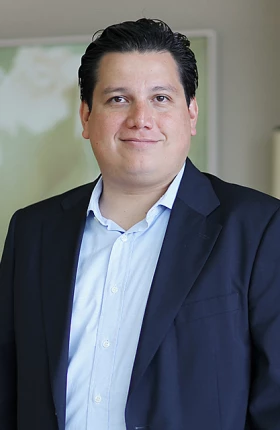The framework of a two-speed economy is becoming antiquated in a world of accelerating change and increasing complexity. But to speak of a “multispeed economy” is not especially helpful either. Instead, it is better to think of a mosaic, with hotspots of opportunity and black spots of no growth or slow growth. This commentary is part of our From Emerging to Diverging Markets series, which tracks these hotspots and the changes under way inthe world's rapidly developing economies.
Indonesia, like many other rapidly developing economies, has not had much good press lately. The nation faces significant economic headwinds that require attention. Still, CEOs in Indonesia remain committed to this important emerging market.
While some might point to the impending end of quantitative easing by the U. S. Federal Reserve as a trigger, many of Indonesia's challenges are in fact internal. The country must address its trade deficit, accelerate infrastructure development, foster a healthy investment climate, and increase labor utilization and productivity. By dealing with these issues, Indonesia will clearly be able to increase its long-term competitiveness. Many hope that the new government that will take power in 2014 will lead to a redoubling of efforts to address them.
Despite its short-term challenges, Indonesia's long-term potential remains strong and should not be ignored by investors. Indonesia is the world's sixteenth-largest economy and has delivered GDP growth of 5 to 6 percent each year over the last decade. It is rich in many natural resources. And it has a large and growing consumer class. A recent BCG study projects that Indonesia's middle and affluent population could grow from 70 million in 2012 to 140 million in the coming decade. Recent investment in infrastructure and the automotive and consumer goods sectors by top global companies reinforces this potential.
Managing for success in Indonesia will require a mixture of short- and long-term actions. The short-term environment requires that companies adjust their business to the latest economic realities. That means more rigorous analysis of capital investment and greater scrutiny of cost. The longer-term priorities are to identify and invest in large growth opportunities and to put more emphasis on building the organizational capabilities needed to win in the long run.






